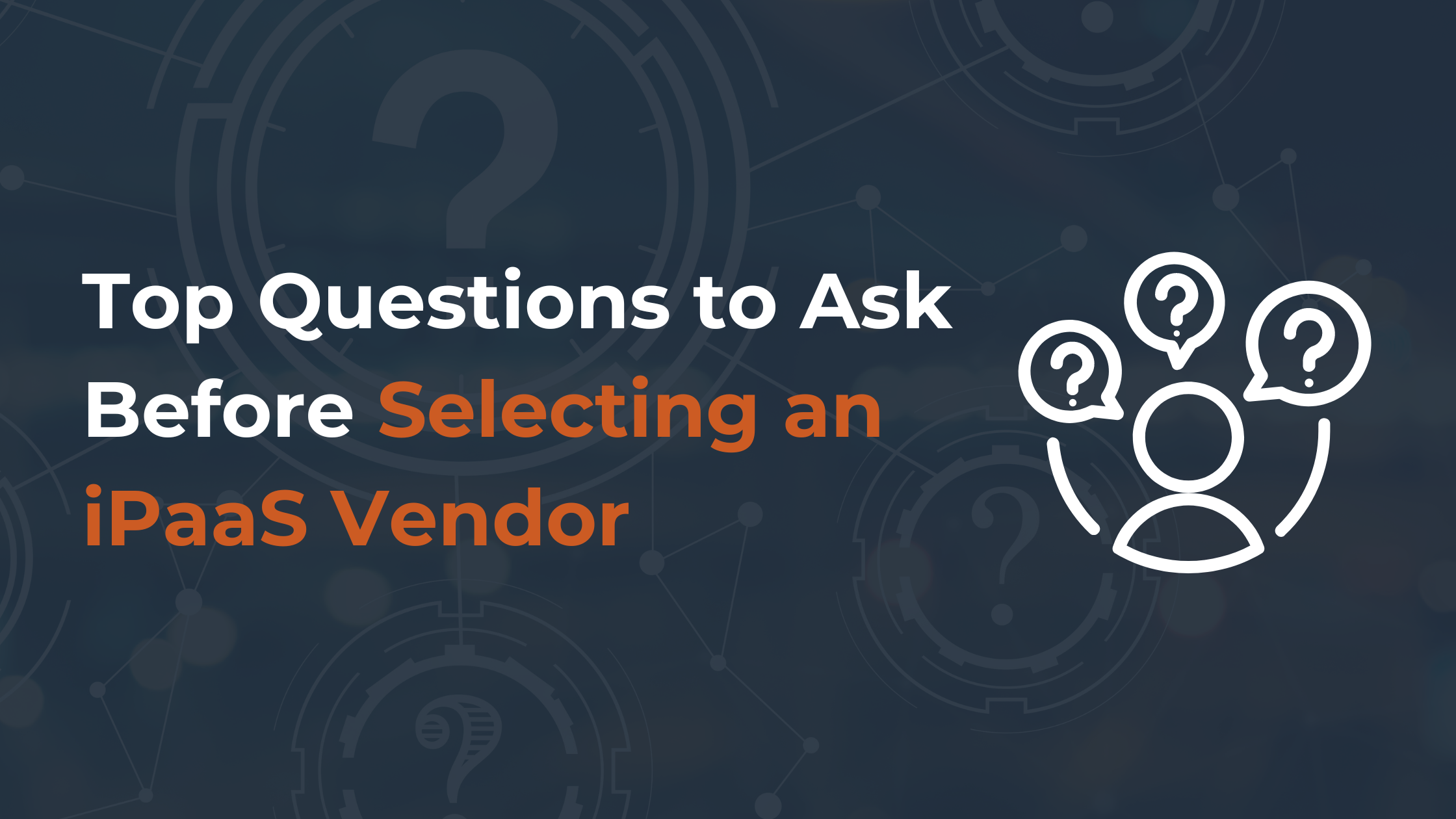What’s more, you eliminate guesswork or “marketer’s intuition,” and you can focus on improving your marketing strategy.
What is A/B Testing?
A/B testing (or split testing) is a marketing tactic in which two or more variations of the same email, form, landing page, website, etc., are compared to each other to establish which one performs better.
These variations are shown to different segments of your audience at the same time to find out the version that drives better business metrics.
In A/B testing, A is the original variable or ‘control’ as it is often called, while B refers to the ‘variation’ of the initial testing variable.
To give you an example, you could test two different popups to identify which of the two drives more signups.
A/B testing is also fundamental in conversion rate optimization (CRO), which helps businesses generate more sales and increase their revenue.
Now let’s explore some tangible benefits that A/B testing has to offer.
Why Should you A/B Test?
A/B testing offers a wide variety of benefits for businesses that decide to leverage their power. The use of controlled tests to gather empirical data can be eye-opening for which marketing strategies work best for your product and your company.
In a B2B context, you could be getting unqualified leads from your campaigns, or your landing pages might yield a low volume of new information. In B2C, you could be dealing with high cart abandonment rates or low user engagement.
Through A/B testing, businesses can tackle these problems and improve their core metrics. Here are some other reasons why you should use A/B tests in your strategy:
-
- Increase ROI from existing traffic: The cost of acquiring new traffic on your website is high. With A/B tests, even the most minor changes can yield better conversions, thus making the most out of your existing traffic without the need to spend additional money for new traffic.
-
- Understand your audience: Identifying which headlines, types of emails, calls-to-action, etc., resonate with your audience gives you a better understanding of your audience and what they want.
-
- Reduce bounce rates: By providing visitors with content they like, you ensure that they’ll stay longer on your website. A/B tests help you identify friction and customer pain points and create a smoother customer experience while turning visitors into paying customers.
- Keep up-to-date with customer trends: Consumer behavior changes dynamically, so it’s hard to “predict” what content, images, features people respond to. A/B testing allows you to stay always on top of trends.
Email Marketing A/B Testing
Email marketing is a proven digital marketing channel for businesses to reach and engage their audience. At the same time, it can drive an incredible ROI of $42 for every dollar spent, so it makes all the more sense to A/B test your email campaigns to capitalize on its benefits.
A/B testing your emails is easy. You need an email marketing tool, and doing email marketing means you already have one. However, if you’re just getting started with email marketing, you need to know that not all platforms offer the same A/B testing capabilities.
For instance, Constant Contact will only let you run subject line A/B tests. So, If you want to improve your audience’s experience as a whole, you need to have a tool that will allow you to test multiple variables. To do that, you need to select an email marketing platform with advanced A/B testing capabilities like Moosend or Mailchimp.
There are four major components that you should be testing: the subject lines, email copy, CTAs, and visuals. Let’s see them one by one:
Email Subject Lines
The main (and only) aim of email subject lines is to persuade people to open your email. For this reason, your subject lines need to be concise. Their ideal length should be 60 characters at maximum. If you have a specific subject line in mind that goes over the limit, conduct an a/b test with shorter variations.
Sometimes rearranging the order of words may yield better open rates.
A/B tests should also be done to test wording. Are you using actionable language? Are you potentially including spammy words in your subject lines (“free,” “earn cash,” “clearance,” etc.)?
Additionally, you could test the use of emojis in your email subject lines. While there is no “definitive” proof that emojis increase open rates, people seem positively biased towards them.
So, significantly eCommerce stores can benefit from discovering if their use increases open rates since consumers’ inboxes are full of marketing offers. Emojis in subject lines might be what makes the email stand out from the rest.
Personalization is also vital: test whether your audience responds better with a personalized subject line or a generic one.
Last but not least, for a strong subject line, you need a suitable preheader text. Since the preheader text is like a “bonus” to the subject line, it is good to test different variations and establish what makes the most impact. Finding the right one might mean a massive difference in your open rates and conversions.
Email Copy
The first thing that you can test is the length of your copy. For some audiences, a longer copy might work better than a shorter one. Generally, due to the short attention span of readers, the trend in email design is towards temporary copy.
What’s more, the tone you employ plays a significant role in conversions. You could test from a formal and businesslike manner to a more friendly and intimate one. You could also craft your messaging to be customer-focused (i.e., the value they get from taking action).
Moreover, you could experiment with different fonts and sizes. Analyze what interests your subscribers more and use it to drive more conversions!
Visuals
Humans process visuals 60,000 times faster than text, so images can be a powerful tactic to convey your message.
By applying A/B testing, you can find out which kind of visual works best. You may even discover that your emails are better off without any images.
Sometimes images may be distracting, so A/B testing is the only way to find out.
You may choose to employ various visuals in your emails, varying from standard images to infographics and GIFs. Create variations of the same email, run your A/B tests through your email service provider, and maximize the efficiency of your campaigns!
Call-to-action (CTA)
The email’s CTA is among the essential elements for conversions. There are a lot of variables that you can test when it comes to CTAs.
First of all, you can test the color of your CTA. Using colors that contrast with the rest of the email is a good strategy but don’t overdo it. Also, the colors employed should not be completely different from your brand’s colors, or you risk compromising your brand identity.
Moving on to the size, you want your buttons to be large enough to get noticed. Testing different sizes will give you an idea of what works best. Note that your decisions should also be informed based on the rendering on mobile devices. It has to be convenient and easy to click on it even on a smaller screen.
Regarding the position of your CTA, best practices suggest that it should be above the fold, so it’s immediately seen without scrolling. However, many well-known brands differentiate from this practice. You can A/B test variations that include two CTAs, one above and the other below the first scroll, or you could experiment with its alignment (center, right, left).
Finally, you can test the wording of your call-to-action. Depending on your brand tone and style, you could try for CTAs like “Buy now” or milder ones like “Add to cart” or even make your CTAs humorous and see if it works better.
Forms A/B Testing
Forms are an essential part of your lead generation process, so making data-backed decisions through A/B testing will help you make the most out of them. While you may be tempted to test every single element regarding your forms, it would be overwhelming.
Below your find the principal elements affecting their efficiency:
Form Type and Placement
There are many different types of forms at your disposal. From popups that appear in the middle of the screen to floating bars and full-page forms, A/B testing and collecting data will help you optimize your subscription process.
Your placement decisions should be informed based on your goals. Experiment with the available options and constantly A/B test until you find a high-converting spot.
Also, the design of the forms could include elements such as a GIF, so A/B testing is vital to ensure that the form performs as intended.
Copy/Offer
- Copy of your subscription form should attract a person’s attention while engaging them emotionally to take action. People are busy, so they don’t have the time to read too elaborate a copy.
A shorter copy generally means that a person requires less time to think about your offer and takes action faster since they won’t ponder it for too long. Moreover, less copy is also an opportunity for you to increase font size.
Finally, you might want to experiment with adding a little mystery to the offer. For example, instead of revealing the discount the user gets straight away (e.g., “Get 20% off”), you could use something like “Mystery offer – Sign up to receive your discount.”
CTA
As always, the form’s CTA plays a significant role in the overall effectiveness, and as a result, it should never be overlooked.
You can try everything from wording to font size and color. For example, you could experiment with using first-person instead of second, like “Get my heatmap” instead of “Get your heatmap.”
The wording you use is equally important since it shows users why they should “care” and fill out your form. What is the value they’re getting from it?
Landing Pages & Website A/B Testing
A/B testing your website or landing pages follow the same logic we observed in the previous sections. However, with a website, the variables you may choose to test are almost endless. The best tools for the job, in this case, include Google Analytics and Optimizely.
Let’s see some of the key elements you can A/B test:
Design
The first thing you could test is the layout of your website or landing page. How many columns should you have, ideally, 1, 2, 3, or more?
Also, you could experiment with navigational links placement. You could A/B test variations of them being at the top versus at the left or right column.
A/B testing should also involve the colors on your website. Everything can be tested to find the right combination, from the background to the font and toolbar colors.
Another vital element for every website and landing page is the typography because it affects conversions a lot. While sans serif is said to work better on the web, it would be interesting to test serif fonts. I should mention that Georgia, a serif typeface, is the most popular choice on the web.
Now let’s move on to the hero shot. A hero shot is a leading photo appearing above the fold. Ideally, it should show your product or service in a real-life context. A/B test different variations, and soon you’ll know which works best.
Pro tip: Similar to your headline and supporting copy, the hero should match your message. Otherwise, it might be confusing.
Headline & Copy
Your main headline is a concise depiction of your core value proposition. Practically, it summarizes why users would want your product or service.
You could try a longer versus shorter headline or make a testimonial part of your headline.
Other ideas include asking a question or trying different Unique Selling Points. You might also want to experiment with the emotions you want to convey to your visitors.
Regarding the copy, shorter is usually better. Certain products and markets, though, require detail to assist in the decision-making process.
You might also see particular benefits by reordering the features and benefits of your product. A/B testing will inform your final decision on whether this yielded significant results or not.
Signup form
Depending on your business, you may need to collect more data on your visitors than just a first name and an email address.
If you rely strongly on the amount of data collected, try running a test with variations of your form at different lengths.
If you’re experiencing low signup rates, try reducing the number of fields. More fields mean more frustration and time to complete so that some users may be deterred or bored.
Wrapping Up
A/B testing is an essential part of optimizing your marketing strategy and maximizing the impact of your resources. It is impossible to predict how each you create resonates with your audience, so only through A/B testing can you make data-driven decisions. This is why A/B testing is a marketer’s “best friend.”
Author bio
John Desyllas works as a Content Writer for email marketing automation software Moosend. He is very passionate about Digital Marketing and Business Translation and loves to connect via LinkedIn.

.png)



